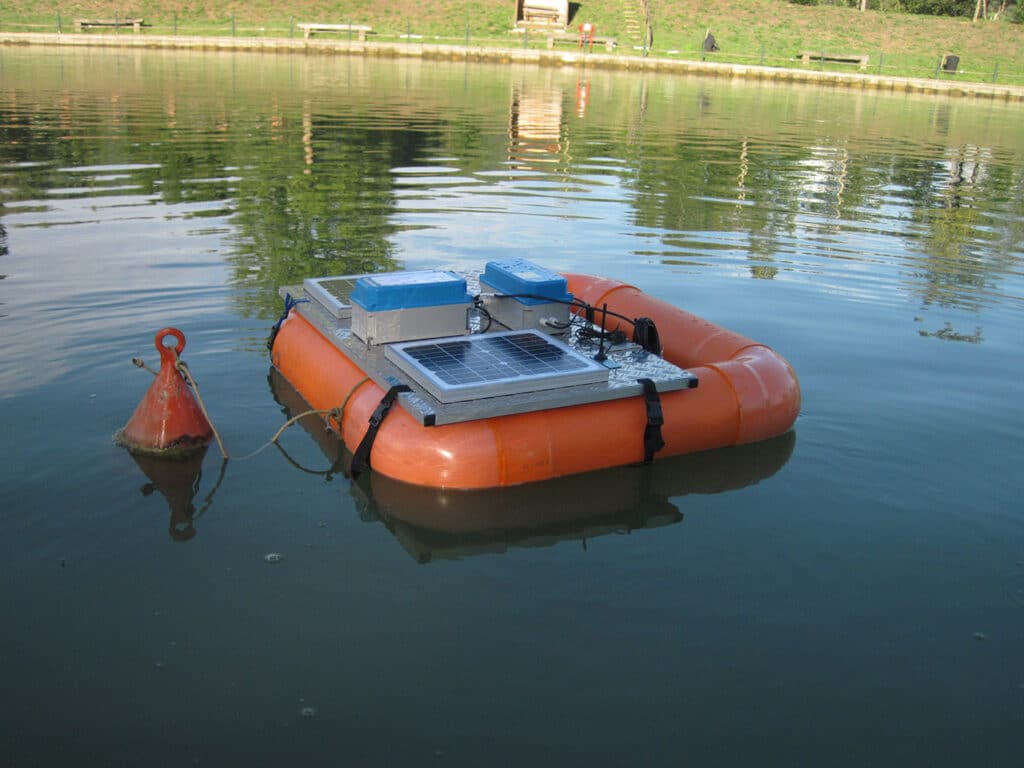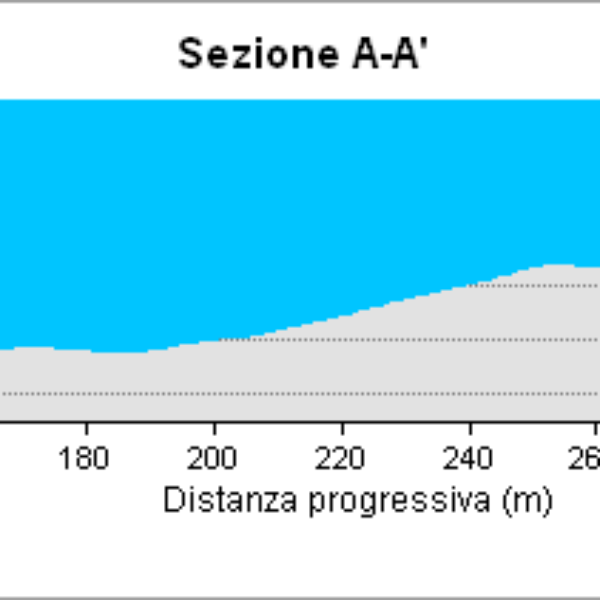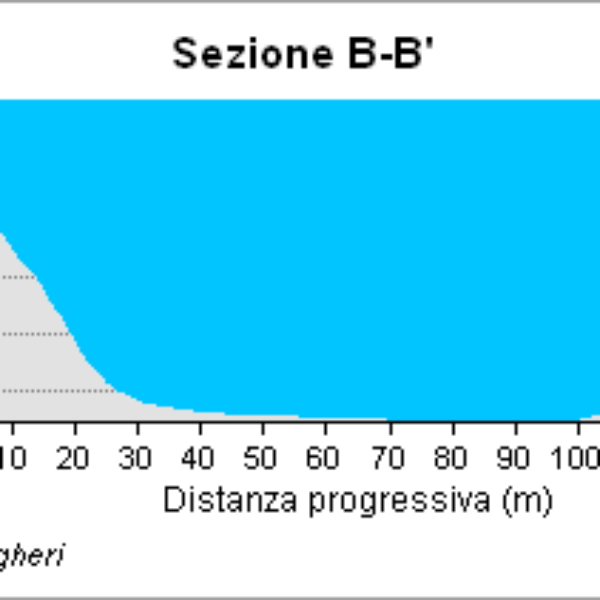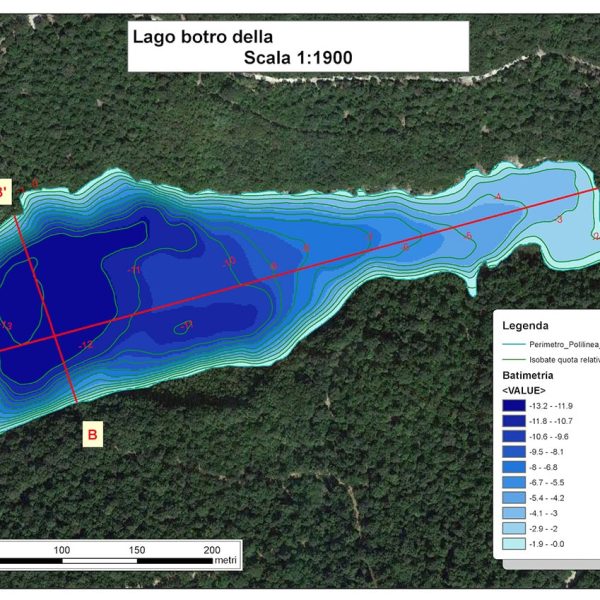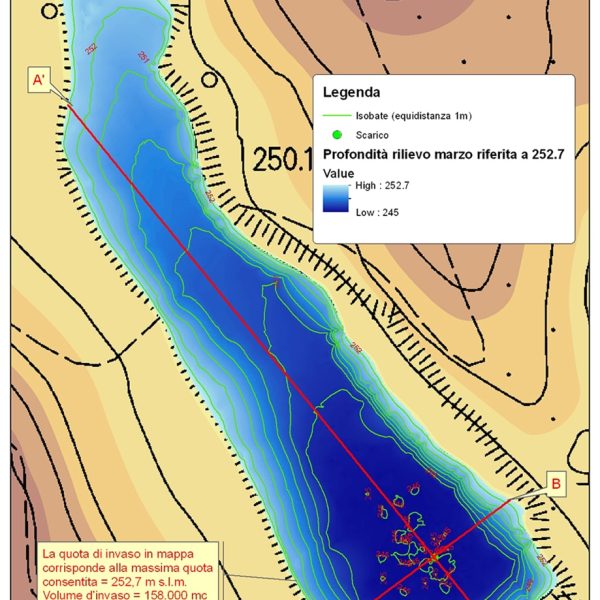Bathymetric surveys
Bathymetric surveys
The bathymetric survey actually consists in detecting an adequate number of points having a triad of xyz coordinates (x = longitude, y = latitude, and z = depth) with a GPS and an echo sounder integrated in a single instrument. The navigation scheme foresees , in the first instance, the circumnavigation of the entire lake staying as close as possible to the shore (coastal navigation points) and, secondly, the coverage of the entire surface with a pattern of parallel (inland navigation points) and perpendicular routes between them going to outline a real network of points (see image below). This technology offers significant advantages; in fact, by calculating the GPS, as well as the coordinates, also the absolute altitude of the transducer in real time and with centimeter precision, it becomes possible, in combination with the data coming from the echo sounder, to automatically correct all the oscillations of the sea surface (tide, waves, elevation due to the mass of water pushed by the wind) during the survey.
The echo sounders used are of the hydrographic type with an accuracy of 1-2 cm. The frequency adopted is generally around 200 KHz; a good compromise to ensure an accurate survey of the seabed with little interference from the water column. The emission cone of the instrument is usually very narrow to guarantee a high geometric resolution. A frequency of at least one beam per second is required. To guarantee the congruence between the depth measurements and the planimetric ones, the echo sounder is positioned in axis with the receiver for the planimetric position or alternatively the relative offsets are calculated.
The restitution and processing takes place directly on a Geographic Information System (GIS): once the data have been returned, they are “cleaned” and the three-dimensional model is built using special interpolation algorithms. The final output of the processing are the bathymetric maps and the main sections of the reservoir, as well as the fundamental data such as the total volume of the reservoir and surface area.
The use of a bathymetric survey consists in verifying the volume of an artificial reservoir, i.e. its maximum capacity intended as a water resource to be used for irrigation, drinking, etc.. This evaluation is the capacity that a dam has to retain water water until the level of the free surface reaches the overflow threshold, beyond which the inflowing water is in any case disposed of and can no longer be accumulated.

